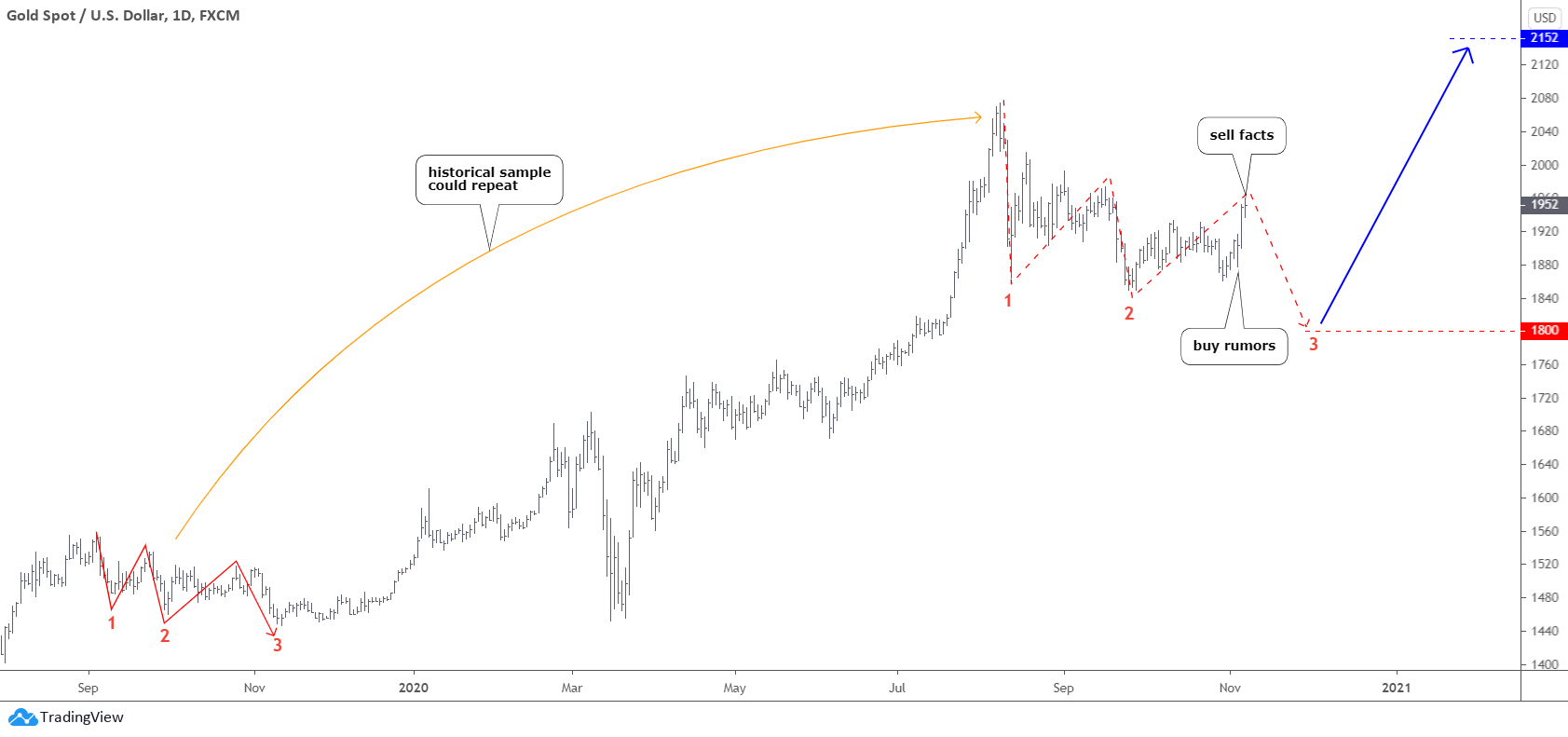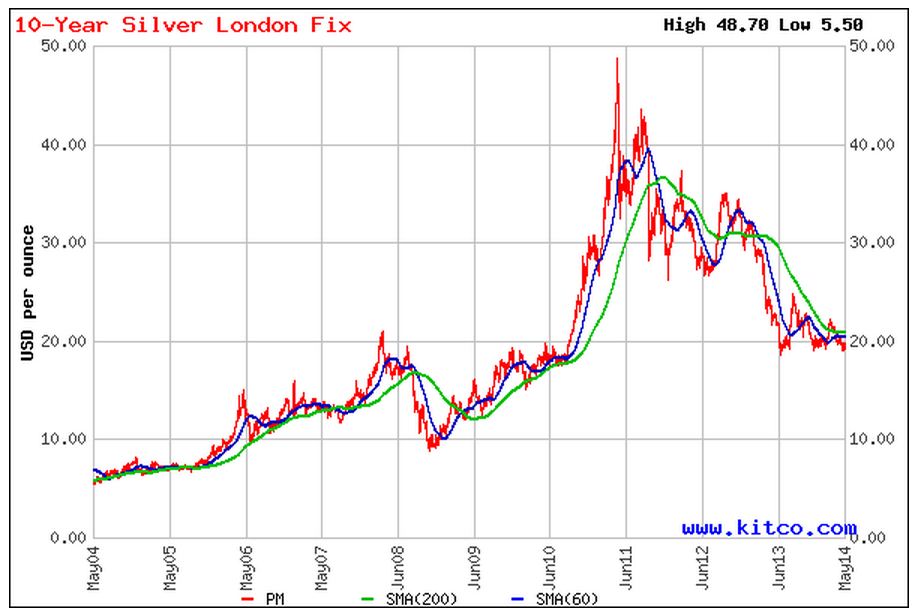

Also, if you own bullion, instead of ETFs, like SLV and GLD, you will have storage costs unless you are planning to hold all of your PMs in your house (in the above analysis you would have accumulated 4803 troy oz (or ~149 kilos) of silver. And while the potential inflation seems to be more than priced in into silver and gold, stocks are most likely not priced with expectations of high inflation.ģ) The transaction costs of buying and selling physical bullion are very high and eat into your profits. But stocks are also an inflation hedge, since if inflation were to occur, the companies would be selling their products and measuring earnings in inflated dollars. I think that it's a lot more likely that at this point we are on the back side of the price hump for silver and gold.Ģ) One of the main reasons to hold PMs is hedging for inflation. And all the years in between were terrible for gold and silver. It would have been worse for gold and silver if I had started with 1979, and much better if I only took 2003 and later years. Personally, I believe investing in stocks is a better long-term strategy for the following reasons:ġ) The magnitude of compounded rates of return depends a lot on the window of time you select. The S&P 500 has the higher historical annual rates of return on its side, but if you really think that recent rates of price increases for gold and silver will continue into the future, you would obviously prefer the metals. At the current level of the S&P 500 index the break-even price for silver is $36.10 per troy oz, and for gold - $2,290.77 per troy oz.Īt this point, the attractiveness of each of the investment vehicles depends on your beliefs of where the prices will go from here. As of May 18 close, the stock portfolio would have been valued at $170,931 silver at $166,144 and gold at $112,880. However, the subsequent price decline put silver behind S&P 500. On April 28, 2011, when the price of silver was near its peak, silver was a clear winner with a value of $233,917 and a compounded annual return of 11.8% compared to S&P 500's $173,400 and 10.3%, and gold's $115,889 and 8.12% Since then however, the precious metals have begun to quickly make up ground and, helped by S&P 500's 57% crash during the last recession, silver managed to slightly surpass stocks in 2010, while gold was still behind. Furthermore, silver and gold investments would have had a negative or near zero compounded annual return until 2004. In 2000 the average value of your stock holdings would have been $136,028, whereas silver and gold would have been worth $17,563 and $15,476, respectively. Investing in stocks had been much more profitable in the first 20 years. Columns 4, 5, and 6 show the annual compounded returns that your investments would have earned through that year. Columns 1, 2 and 3 of the table show the value of your holdings at the average price for that year for S&P 500, silver, and gold, respectively. For the S&P 500 strategy you would reinvest the following year the dividends received during the current year along with the next $1000 investment. Suppose, starting in 1981 you were to invest $1000 each year in either S&P 500 index, silver, or gold at the average price for that year. But since most of us can't perfectly time the markets, I wanted to compare historical returns to three investment strategies where every year you consistently invest in either S&P 500, silver, or gold. Obviously, if you bet big on anything when it starts a big move up, you can make a lot of money.


It used to be that hoarding gold and silver was the purview of the die-hard gold bugs but it seems that today a lot of investors, big and small, prefer putting their money into precious metals, whether in the form of ETFs, such as GLD and SLV, or physical bullion. In recent years investors have witnessed a spectacular rise in silver and gold prices, while the S&P 500 stock index, having experienced two declines of 50% or more in the last decade, is still significantly below the levels it reached in 2000.


 0 kommentar(er)
0 kommentar(er)
